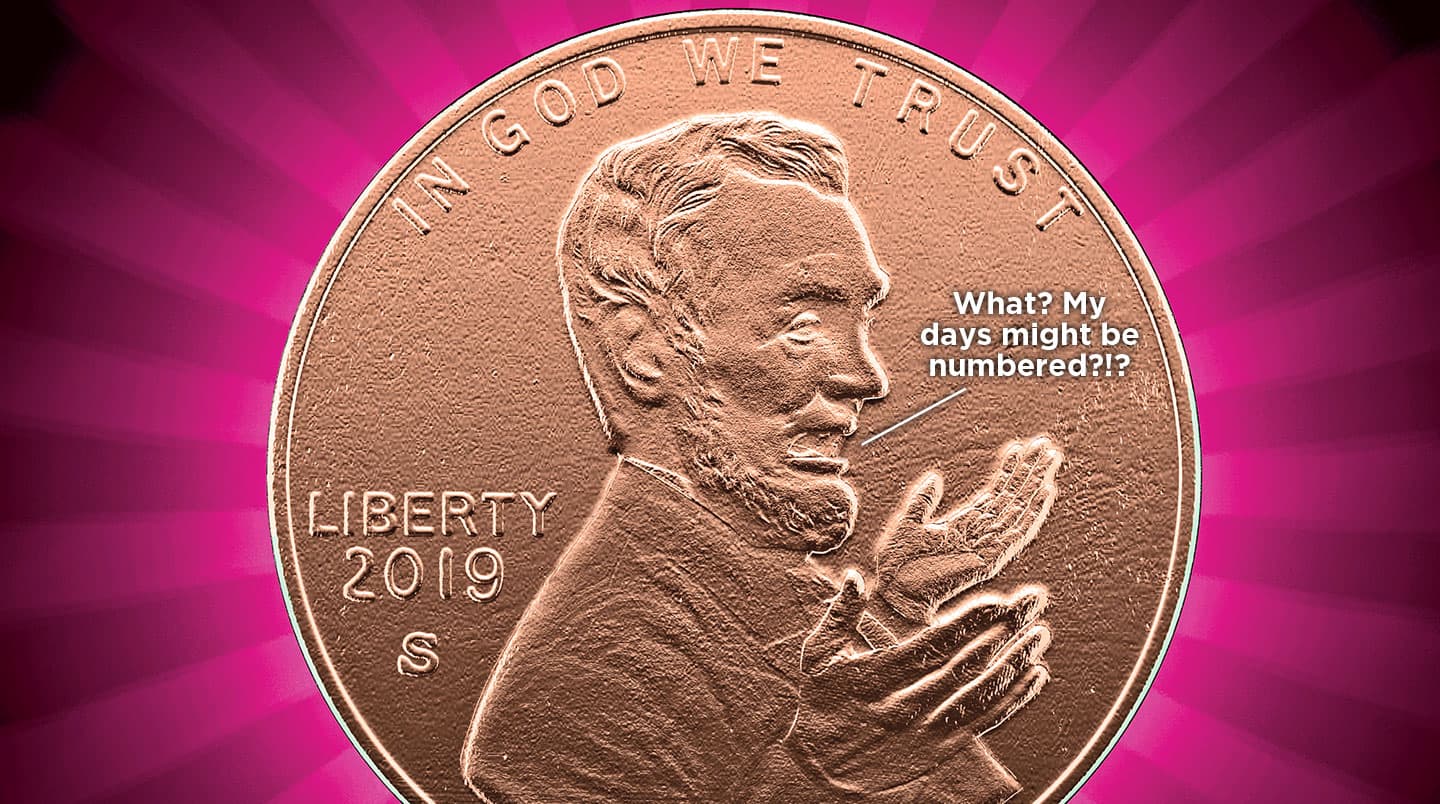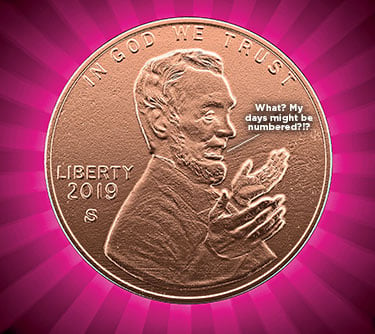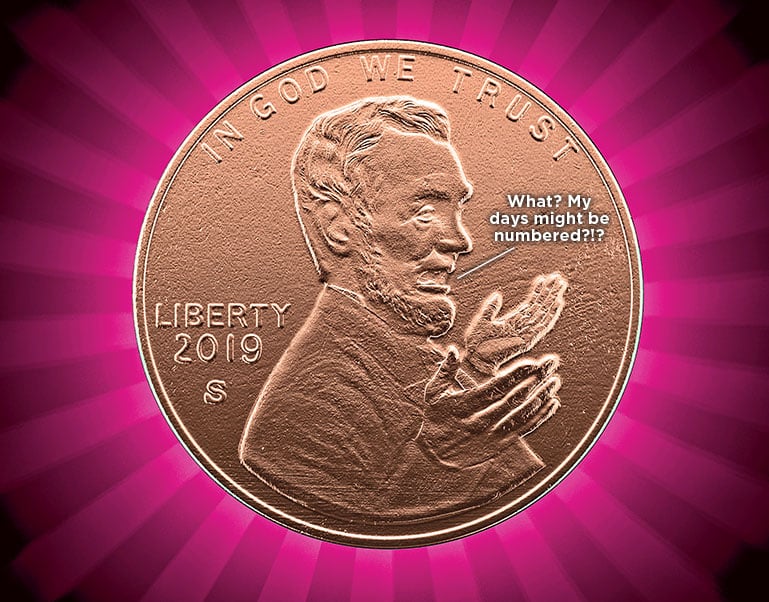It costs money to make money, an old saying goes. But how much is too much? Some people say pennies have gotten so expensive to produce that they’re simply not worth the cost.
The price of zinc, the main component of pennies, has risen in recent years. As a result, a 1-cent coin now costs about 2 cents to make. In 2018, the U.S. Mint, the part of the federal government in charge of producing coins, spent more than $154 million to make $75 million worth of pennies.
In addition to the cost, people who support ditching pennies point out that many Americans just don’t value them. Instead of being used to pay for goods, the coins often end up lying around—on sidewalks, in jars, or under couch cushions.
But other people say that the low-denomination coins help keep prices down. Without them, businesses might round prices up. In addition, polls by Americans for Common Cents (a group funded by the zinc industry) show that the majority of Americans want to preserve the penny.
Earlier this year, the United Kingdom decided to keep its penny coin after years of debate. But other countries, including Canada and Ireland, have done away with theirs in recent years. Should the U.S. do the same? Two experts weigh in.



